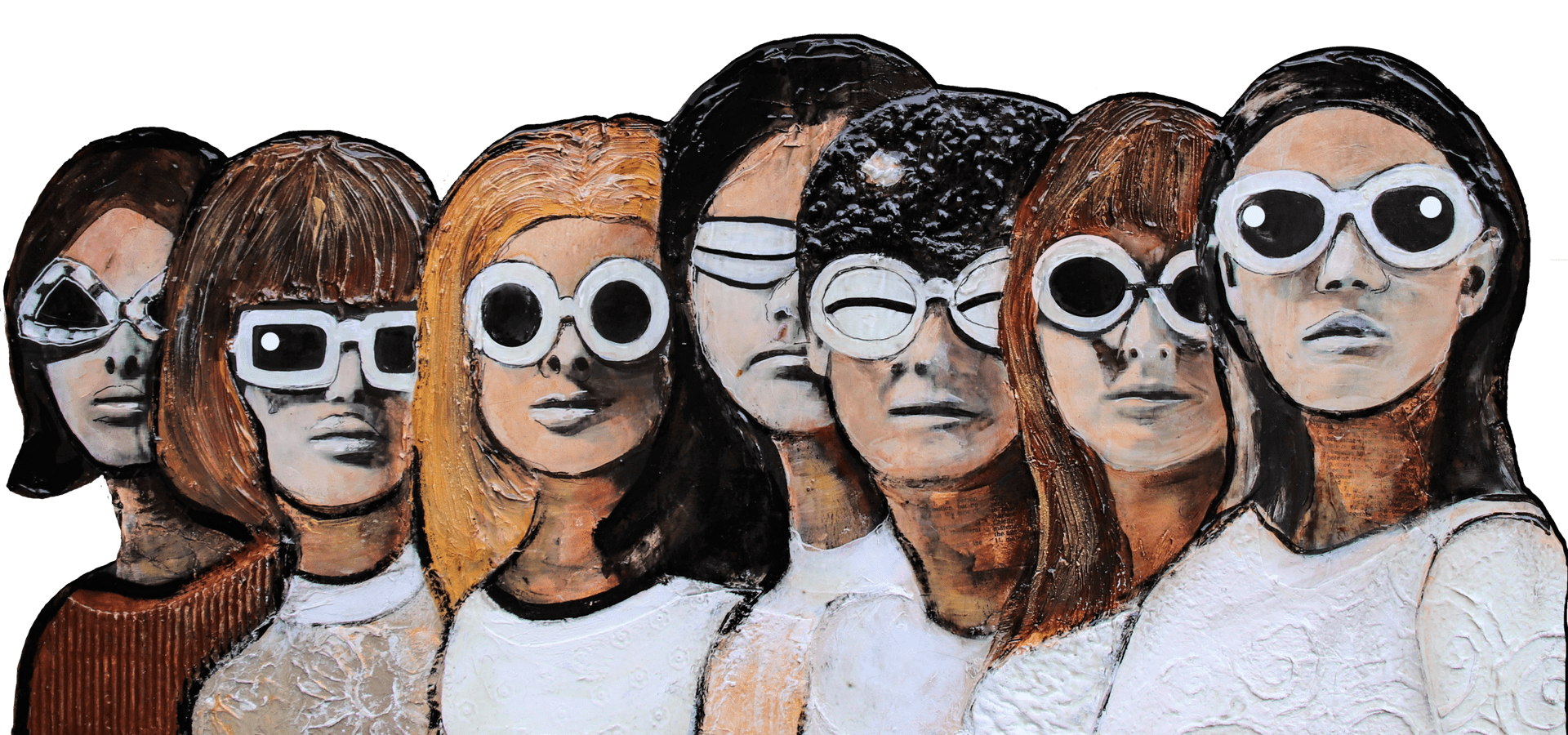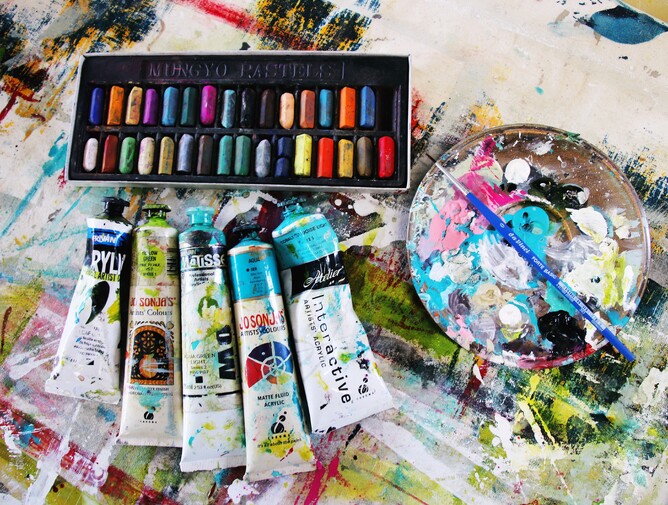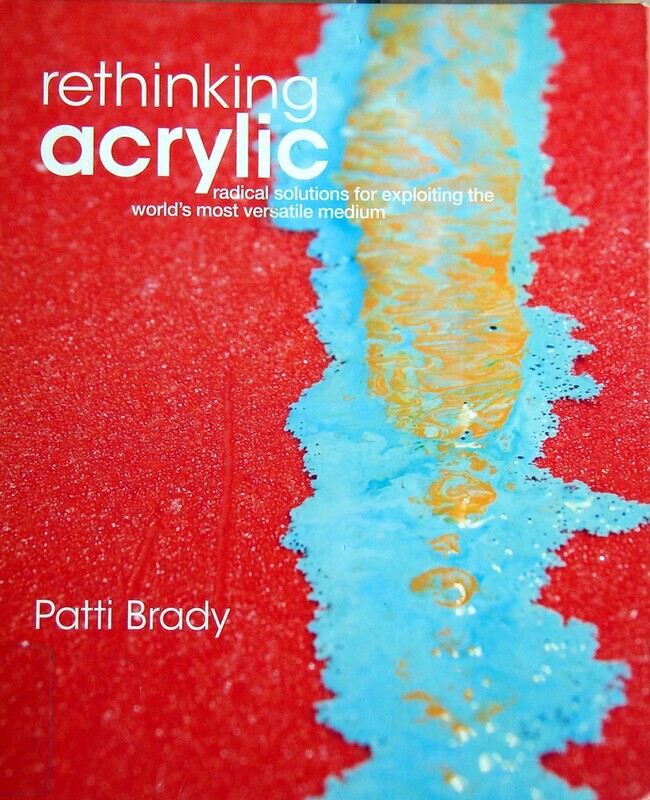I often paint and repaint a piece many times over. This week I have collected some of the old works from my garage and have been experimenting with repainting or touching them to take them in a new direction
Sometimes I make mistakes when I’m working on a piece, other times I will go back to old works and feel the need to adjust them because my style has evolved, and other times I’ve just looked at something for too long and decided I no longer like it.
When I start a new painting, I usually have my concept in mind – but the end result is often quite different! I’ve learned that if I follow my instincts and keep going, I’ll eventually get to just where I need to be.
But sometimes I just can’t make it work, so there are a number of tricks I use to change the direction of a painting or to cover up something I can’t get rid of with paint. Some of my favourites are
- Adding coloured papers, acrylic skins and highly textured cardboards or cotton papers – while they are great at covering up accidents, they also add a new dimension to a piece.
- Modelling paste or gels mixed with paint create a whole range of different effects and are another great way to change the feel of a painting.
- Layering more paints for a different look – I love the impact pops of white will add to a painting – as this often helps lift the piece and give it a new freshness.
But if a painting is still not coming together, especially if I’ve repainted parts of it several times, I put it aside and focus on something else. By stepping away from a work for a while, when I come back to it, I usually have a fresh perspective.
It’s through experimenting that those happy little accidents occur where I often uncover something that does work – finding a look I hadn’t anticipated or developing a new technique which eventually defines my style.
For experimenting with mixed media techniques, my absolute favourite go-to for ideas is a book called Rethinking Acrylic by Patti Brady @Patti_Brady_Studios.


